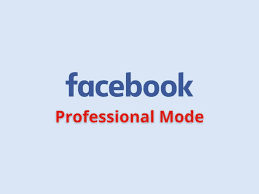The Glo New Reward Lucky Number promotion is an exciting opportunity for Glo subscribers to win cash prizes by participating in a lucky number game. This promotion, launched by Glo, a leading telecommunications company, aims to reward its loyal customers and add an element of fun and excitement to their mobile experience. During the promotion period, Glo subscribers have the chance to dial a designated code and receive a unique lucky number. The objective is to match this lucky number with the winning number drawn by Glo. If a participant's lucky number matches the winning number, they become eligible for cash prizes, including the grand prize of N100,000. In this blog post, we will delve into the details of the Glo New Reward Lucky Number promotion, explaining how subscribers can participate, providing tips to increase their chances of winning, and sharing success stories of previous winners. Whether you're a Glo subscriber looking for a thrilling gaming experience or eag...
How to Enable and Disable Facebook's Professional Mode
Published by
Peter Ogunleye
On
In the ever-evolving world of social media, Facebook continues to introduce new features and tools to enhance user experience. One such feature is Facebook's Professional Mode, designed to cater to creators and individuals looking to take their social media presence to the next level. In this comprehensive guide, we will explore what Professional Mode on Facebook is, how to enable it on your smartphone devices, and how to disable it if needed. Understanding Facebook's Professional Mode Facebook's Professional Mode is a powerful tool that allows users to customize their Facebook experience according to their professional goals and aspirations. This mode is specifically designed for entrepreneurs, businesses, and content creators who want to promote their brand or build a professional network on the platform. By enabling Professional Mode, users gain access to a range of advanced features and tools that are not available to regular Facebook users. These features include enhan...
Revealing the Secrets: How to View Private Instagram Profiles
Published by
Peter Ogunleye
On
Are you curious about someone's private Instagram account? Do you want to see their photos and posts, but their privacy settings are blocking your access? You're not alone. Many people are interested in finding ways to view private Instagram profiles for various reasons. As we shared in our previous post on how to disable active status on Instagram in this comprehensive guide, we will explore different methods and tools that can help you accomplish this task. However, it's important to note that privacy invasion is a serious matter, and it's essential to respect others' boundaries and legalities. Always seek consent and follow the laws in your jurisdiction. Now, let's dive into the secrets of viewing private Instagram profiles. Understanding Instagram Privacy Settings Before we delve into the methods of viewing private Instagram profiles, let's first understand how Instagram privacy settings work. Anyone on Instagram has the option to make their account pu...




